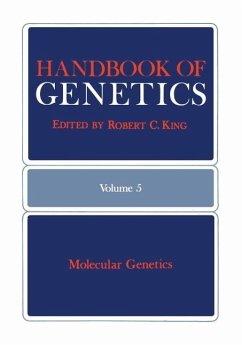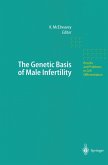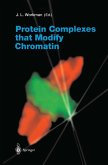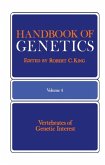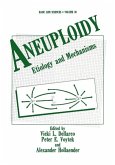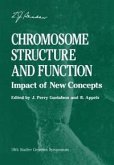Many modern geneticists attempt to elucidate the molecular basis of phenotype by utilizing a battery of techniques derived from physical chemistry on subcellular components isolated from various species of organisms. Volume 5 of the Handbook of Genetics provides explanations of the advantages and shortcomings of some of these revolutionary tech niques, and the nonspecialist is alerted to key research papers, reviews, and reference works. Much of the text deals with the structure and func tioning of the molecules bearing genetic information which reside in the nucleus and with the processing of this information by the ribosomes resid ing in the cytoplasm of eukaryotic cells. The mitochondria, which also live in the cytoplasm of the cells of all eukaryotes, now appear to be separate little creatures. These, as Lynn Margulis pointed out in Volume 1, are the colonial posterity of migrant prokaryotes, probably primitive bacteria that swam into the ancestral precursors of all eukaryotic cells and remained as symbionts. They have maintained themselves and their ways ever since, replicating their own DNA and transcribing an RNA quite different from that of their hosts. In a similar manner, the chloroplasts in all plants are self-replicating organelles presumably derived from the blue-green algae, with their own nucleic acids and ribosomes. Four chapters are devoted to the nucleic acids and the ribosomal components of both classes of these semi-independent lodgers. Finally, data from various sources on genetic variants of enzymes are tabulated for ready reference, and an evaluation of this information is attempted.
Dieser Download kann aus rechtlichen Gründen nur mit Rechnungsadresse in A, B, BG, CY, CZ, D, DK, EW, E, FIN, F, GR, HR, H, IRL, I, LT, L, LR, M, NL, PL, P, R, S, SLO, SK ausgeliefert werden.

